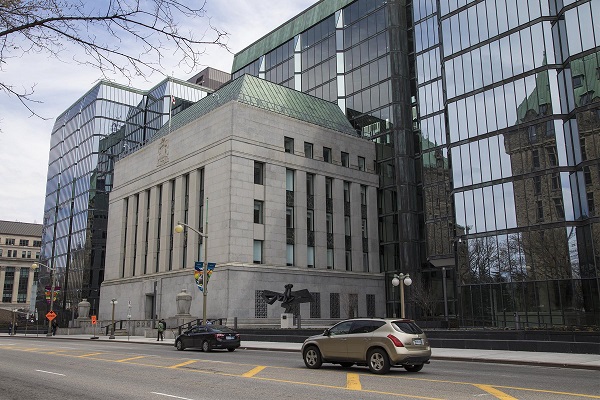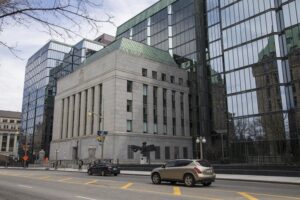Skyrocketing interest rates: Bank of Canada justifies itself
TORONTO – Will it be for transparency or, perhaps, will it be to justify the fact that rates continue to be increased even if the effects on inflation (which was supposed to fall to 2% and which is still over 6%) are not seen? Maybe.
The fact is that today, for the first time, the Bank of Canada published a summary of the last Governing Council meetings, providing the public and financial institutions with more information on its decision to raise the interest rate for the umpteenth time.
The Governing Council, made up of six members including the governor of the Bank of Canada, Tiff Macklem, and his deputies, met five times starting from January 18, before the decision – then taken on January 25 – to increase the rate by a quarter of a percentage point, bringing it to 4.5 percent.
At one of these meetings, the possibility of stopping the rate at 4.25% was also examined. “The reason for leaving the policy rate at 4.25 per cent was that developments, with respect to both the economy and inflation, were starting to move in the right direction and that (the bank’s) policy had been forceful and had only need more time to do their job” reads the summary of the document published today (you can read it entirely clicking here: Summary of Governing Council deliberations: Fixed announcement date of January 25, 2023).
Ultimately, the Governing Council’s decision to raise the rate was due to a “too tight” labor market and concerns about stronger-than-expected economic growth in the third and fourth quarters of 2022. Despite these two factors, however, there was also consensus, within the Governing Council, to opt for a pause in rate hikes, to gauge the full effect of the sharp tightening of recent months.
However, Governing Council members “read” the tight labor market as an indication that the economy remains in excess demand: rebalancing the labor market may take longer than usual as firms continue to face shortages of manpower. “The Governing Council concluded that wage momentum was stabilizing at between 4% and 5%” reads the summary of the document. “Persistent wage growth in this range was not seen as consistent with meeting the 2% target.”
Canada’s central bank also discussed why the recovery in consumption may be slower than expected. The Governing Council members noted that many Canadian households could roll over the five-year terms of their mortgages, meaning many consumers could face higher monthly payments, which reduces consumption.
Discussions on the international economy focused mainly on the achievement of the US debt ceiling and on how the negotiations in the US Congress to increase it could “protract and involve risks of financial volatility”. Other international factors considered by the council included China and its rapid easing of Covid-19 policies, which could carry a risk of higher oil prices, if Chinese demand exceeds what was initially expected.
Overall, also in light of the fact that central banks have tightened their policies around the world, the members of the Governing Council concluded that global inflation had come down from its peak and “the perceived risk of a deep recession had decreased”.
The final result of all these considerations was, however, yet another increase in the interest rate.
The Canadian central bank plans to continue publishing summaries of Governing Council meetings, in response – as it has explained – to recommendations made by the International Monetary Fund in its review of central bank transparency. Or, perhaps, to try to justify the now unjustifiable continuous rise in interest rates that has brought half of Canada to its knees.
In the photo, the Bank of Canada headquarters (from https://www.bankofcanada.ca)




